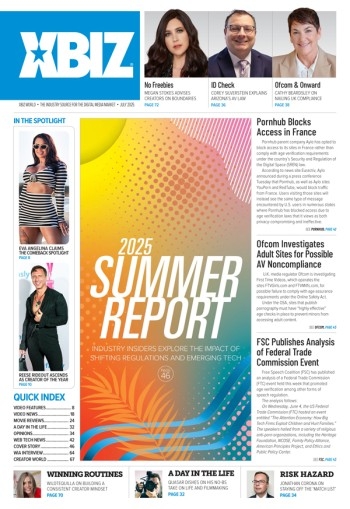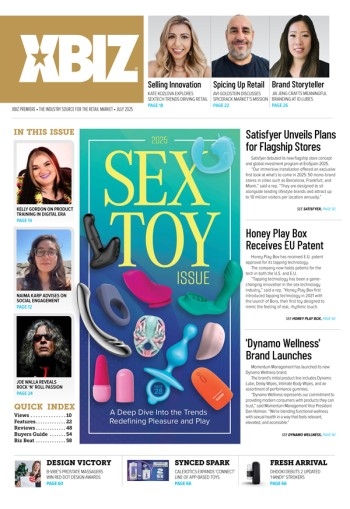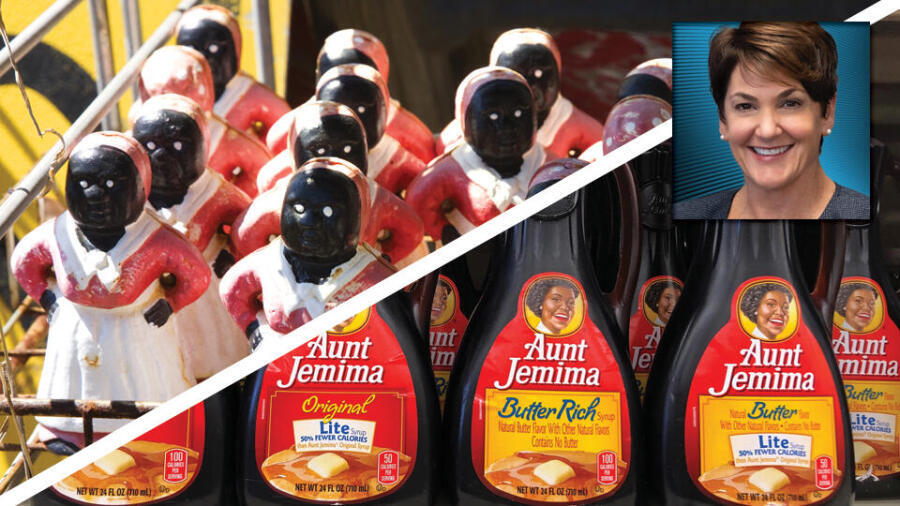From forest fires to flash floods and the ongoing coronavirus pandemic, what hasn’t crushed your business has made you stronger. This year has tested everyone’s skills and made many take a hard look at their overall risk analysis.
Every year, we go through different audit functions and explore multiple risk scenarios ourselves, to explore what could potentially put our company in harm’s way. We also look at things like security risks during our payment card industry compliance audits to make sure our systems are redundant and can’t be penetrated by outside intrusions. It’s vital, after all, to make sure all our data is secure.
Additionally, we review our financial risk during annual accounting audits covering the U.S., UK and Ireland focusing on capital and cash reserves. And we look at regulatory risk when we prepare for annual updates to policies and procedures, to verify that we’re meeting all the local and regional requirements for processing.
Many of us do all these risk assessments, but leave one important area open: our company’s brand risk. It’s an easy target, and one in which … if you don’t have a detailed protection plan in place … a worst-case scenario could bring your business down. In this month’s column, we collaborated with our risk analysis team to reveal our top ways to conduct your company’s brand risk analysis.
Have Compliant Clients, Not Mischievous Merchants
Image is important, even with card schemes. It is critical to make sure all clients are compliant, so there are no potential brand violations that could hurt your company’s image. We’ve experienced this firsthand after a few clients who were still in full compliance caught the attention of the performer community.
Their frustrations boiled over onto us with some of them feeling that, as a payment processor, we were enabling programs they did not agree with. We soon became a target of the community, who asked us for action.
No company wants to be an arbitrator in disputes or receive negative publicity that could potentially impact their brand, so it is important to know when to act and, in this case, we did. Remember, all eyes are on you including your merchant base, consumers, acquiring banks, the card brands and the regulatory bodies that grant you licenses to work in other countries.
Know Big Players’ Big Policies
Card brands have had content policies for years that are aimed at protection of their brands. These come with hefty fines that can be placed on merchants that are out of compliance. For example, a large merchant in our space has been under attack from child advocacy groups and that noise got so loud it caught the attention of newspapers and the card brands.
Even though that merchant was most likely compliant, it was the loud outcry of potential wrongdoing that made the payment brands and banks take a deeper look at the merchant. This merchant was still 100% compliant, but that constant pressure from child advocacy groups was creating negative news which even more people began to pay attention.
I even received a call asking if we were working with this merchant (which we were not) to warn us and make sure we wouldn’t get wrapped into their negative press. To stay out of trouble, leading payment brands say their senior team meets weekly to discuss potential merchants, partners and others who could negatively impact their brand and how they’d best address it. This is a great way to head off potential problems. It’s something we do at our company too.
Responding to ‘Cancel Culture’ With a Balanced Approach
In today’s “cancel culture,” it’s important to ask yourself if your brand is genuinely at risk of getting caught up in negativity that could harm your company, both in the short-term and long-term. We’ve seen a lot of this lately. In fact, cancel culture seems to be the way society is trying to drive desired behaviors on social media and beyond, even in cases where it’s a vocal minority that may not comprise the opinion of the majority of customers. In just the last six months, we’ve seen a few examples such as:
- Driven by the “social justice” movement, Aunt Jemima proactively protected its brand by removing the key art image it had featured for years, saying it was no longer relevant in today’s marketplace.
- Nike embraced Colin Kaepernick as the face of Just Do It shortly after he started kneeling for the National Anthem in protest of social justice. Nike took the backlash from consumers who did not agree with Kaepernick’s actions and began burning their Nike gear. In the long-term, Nike’s sales went up and NFL viewership is down; Nike’s natural market dominance and the pandemic's impact on sports make the underlying cause and effect uncertain.
- U.S Representative Alexandra Ocasio-Cortez, known as “AOC,” asked for the boycott of Goya Foods since the CEO met with the President and complimented him. This worked in reverse and Goya foods sales went up. Sometimes, less frequently publicized brands benefit from controversy, when the public’s attention is drawn to them considerably.
- Fitness company Equinox got hammered after news broke that Stephen Ross, the chairman of its parent company was hosting a fundraiser for President Trump. Many members reportedly boycotted and canceled their upscale gym memberships. Equinox executive chairman Harvey Spevak apologized for the impact on the community and Equinox donated $1 million to a variety of charities days later. The long-term financial impact is difficult to gauge.
- Celebrities are also under fire. Jimmy Fallon and Jimmy Kimmel have both faced backlash for old skits and imagery hat was inappropriate by today’s standards, while a few popular YouTubers have been criticized for decades-old insensitive episodes. Most continue to be highly-viewed entertainers, though many have apologized or distanced themselves from such content with mea culpa statements this year.
Ultimately, the best thing you can do to protect your brand in today’s cancel culture is to make sure it doesn’t get caught up in negativity; be open to criticism and making changes, but don’t be swept up in knee-jerk reactions, which may make situations worse.
I wanted to leave you with a few additional thoughts that could help protect your company. Take time to establish what your brand represents and know how you want others to view it. Try to avoid controversial subjects or choosing sides in white-hot political debates. Pay attention to diverse voices inside your company. Develop a senior leadership committee to discuss potential items that could impact the stability of your brand and make action plans to protect it.
Lastly, pay attention to social media. Look at who’s talking about you and what they’re saying. Is it negative or positive? Act on it when necessary. Also, keep in mind that according to a recent Pew study, 1 in 5 adults in the U.S. say they use Twitter and 80% of tweets come from the most active 10% of users (2 out of every 100 U.S. adults). Address social media fires when they pop up, lest they spread, but also keep things in perspective, when a more measured approach may be best.
Cathy Beardsley is president and CEO of Segpay, a global leader in merchant services offering a wide range of custom financial solutions including payment facilitator, direct merchant accounts and secure gateway services. Under her direction, Segpay has become one of four companies approved by Visa to operate as a high-risk internet payment services provider. Segpay offers secure turnkey solutions to accept online payments, with a guarantee that funds are always safe and protected with its proprietary Fraud Mitigation System and customer service and support. For any questions or help, contact sales@segpay.com or compliance@segpay.com.






